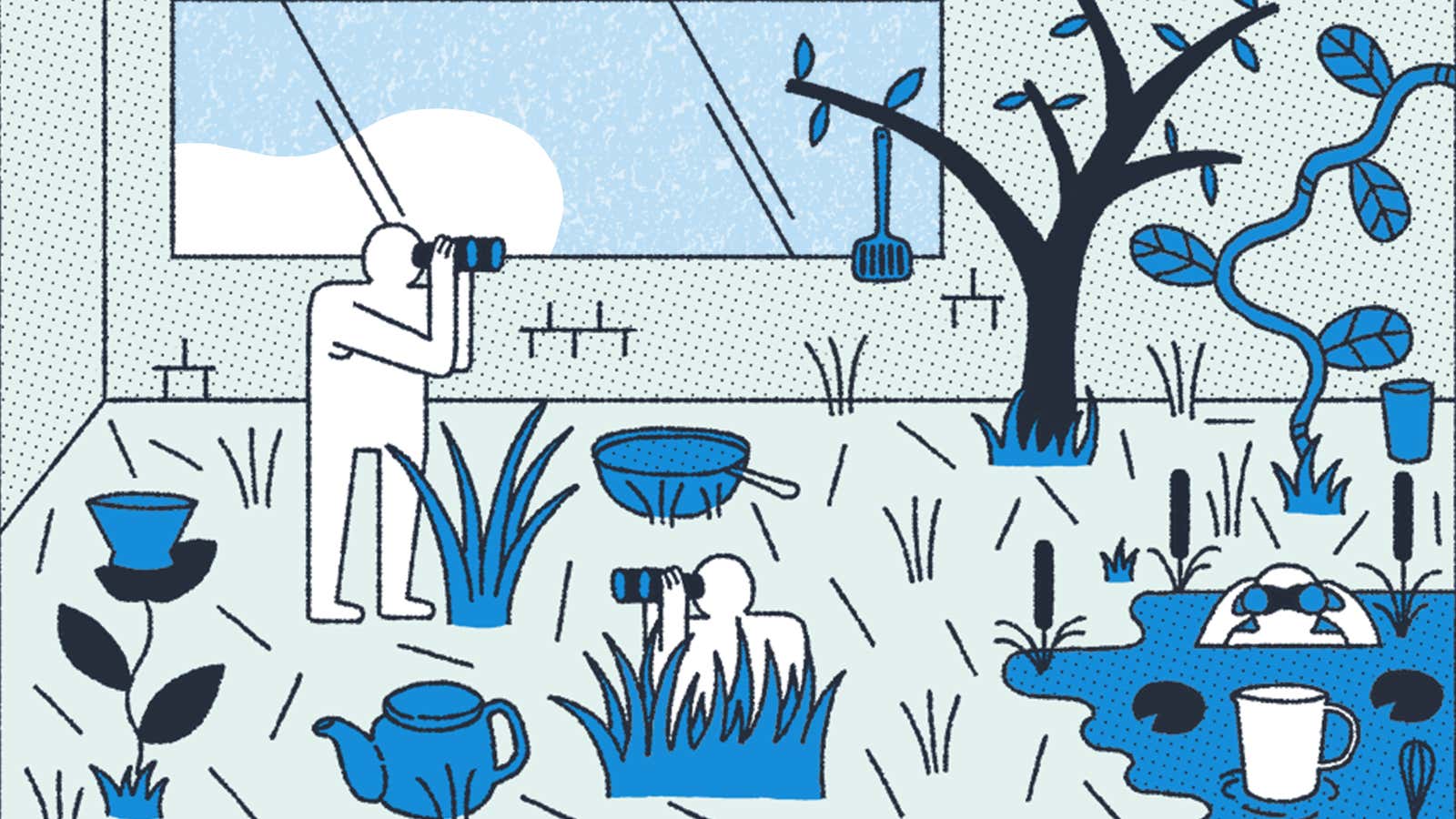In this series, Perfect Company, we are examining pockets of excellence in the corporate world. No single company is perfect, but together they show what the corporate ideal could look like.
The platonic ideal
“Businesses clearly have a major role to play in any strategy for saving the planet.… As both a cause of and a solution to environmental degradation, they are inevitably at the center of sustainability debates.” —Roger L. Martin and Alison Kemper, Harvard Business Review
The practice
Japanese lifestyle brand MUJI started as a revolt against heavily-branded imported goods so common in the 1980s. It originated from the supermarket chain called Seiyu, which introduced a line of nine household products and 31 food items called Mujirushi Ryōhin or No Brand Quality Goods with the tagline “Lower Priced for a Reason.” The common items—an odd assortment of oils, canned goods, and cleaning supplies—were plainly packaged in a manner that demonstrates the company’s core philosophy: Generic goods can be great, and good for the planet.
Unlike many companies that trumpet their planet-saving efforts through grandiose promotion campaigns, MUJI’s brand of green activism is quiet and introspective. Instead of preaching to consumers, the company focuses on making sure its internal operations live up to the founding philosophy.

MUJI’s holy trinity of product development involves using design as a problem-solving strategy, scrutinizing materials and production, and radically simplifying its product packaging true to its generic “no brand”-brand ethos. As EcoSalon points out, its founding philosophy is based on traditional Japanese values of simplicity, prudence, and self-restraint—or what they call “this is enough.”
“We try not push our philosophy too much [to the consumer] but this is in every product we make,” says Asako Shimazaki, president of MUJI USA.
Listed on the website of its parent company Ryohin Keikaku are “100 Good Things,” in-house initiatives with the goal of boosting its sustainability efforts in both small and large ways. Projects range from a crib rental program for mothers to installing solar panels in its distribution center to a prototype for an energy efficient home.
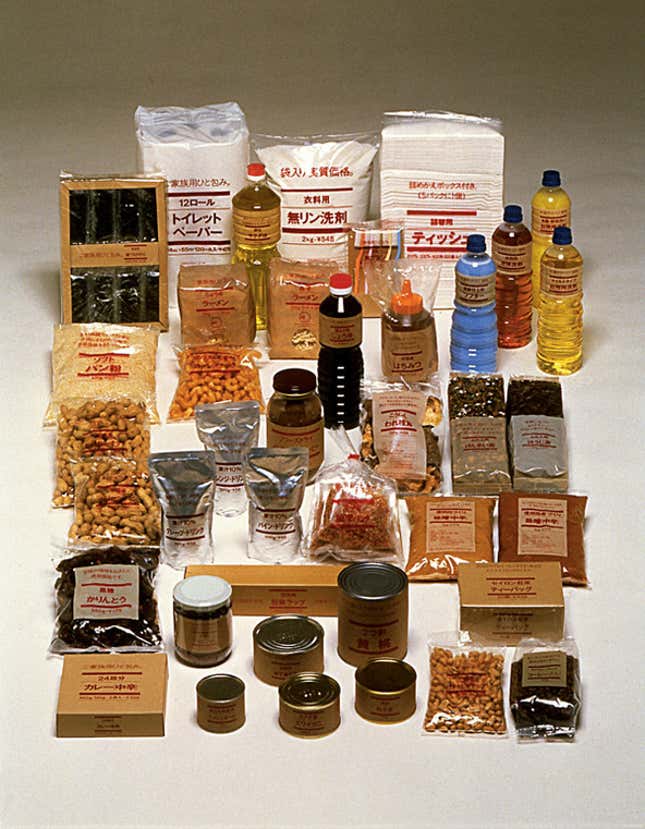
Over the last 36 years, MUJI has been experimenting with various programs that companies are just beginning to dabble with today. Among its first products, canned salmon made from undesirable parts of the fish and imperfect U-shaped spaghetti, predate today’s anti-food waste efforts.
In several MUJI retail outlets in Japan, a program called ReMUJI (coming to their New York City flagship) lets consumers drop off their unwanted clothes for recycling, similar to programs from fashion brands like Madewell and H&M. But instead of disappearing into an abyss, MUJI sifts through the donated clothes, dyes them indigo, and presents them in its stores as a collection of one-of-a-kind garments. Re-purchasing a shirt that someone discarded serves as a lesson about our relationship with our possessions.
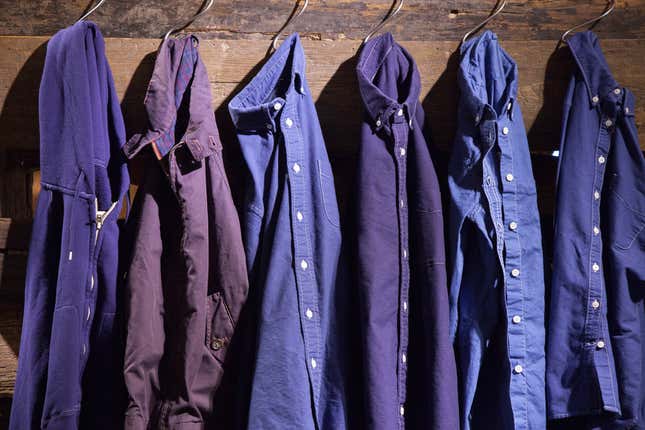
Donated clothes that don’t make it back to the racks are sent to a textile recycling program that turns discarded clothing into bioethanol called the Fuku-Fuku Project.
There are no easy, save-the-planet gimmicks at MUJI stores. You can’t compost their bags in your garden to grow trees; there are no parsley seeds embedded in the pulp of their stationery; they won’t make a donation to some charitable foundation in your name or hand you a discount voucher for products you recycle at their stores. MUJI’s sustainability plan wrestles with the less glamorous elements of their supply chain.
Counter to the methods of fast fashion, MUJI’s production cycle is slow and purposeful. Instead of outsourcing to the known conglomerate of sweatshops, MUJI has invested in an eco-friendly dyeing and sewing plant in Cambodia and sources products from Kenya and Kyrgyzstan, abiding by sustainability principles set by the UN’s Business Call to Action. And instead of manufacturing more things that already exist, a 13-year old program called Found MUJI glorifies quality goods sourced through hunting expeditions into bodegas, factories, street markets and artisan workshops around the world, led by its design guru Naoto Fukasawa. This kind of time-consuming sourcing can cripple most mass market brands whose operating principle is speed and product turnover.
In its most recent annual report, MUJI says it will be slashing its already modest TV and print media advertising budget further and will reach customers through SMS texting and its new app. By cutting marketing and packaging costs—often the most expensive budget line items—they’re able to keep prices low and channel resources into developing quality merchandise.

Among the most challenging MUJI products to manufacture is their right angle socks, a design invented by a Czech grandmother named Ruzena. Because of harsh, sub-zero winters in the Czech Republic, locals need socks to fit comfortably and snuggly inside their boots. During a product preview at their Tokyo headquarters in June, a MUJI spokesperson showed Quartz how they puzzled over how to mechanize the hand-knitting, which the special socks required. In the process, MUJI’s R&D team also discovered that they can even improve comfort further if they designed a different shape for the left and right foot, considering variations of the heel curve. They spent four years redesigning their manufacturing system to perfect the construction of the $6 pair of socks.
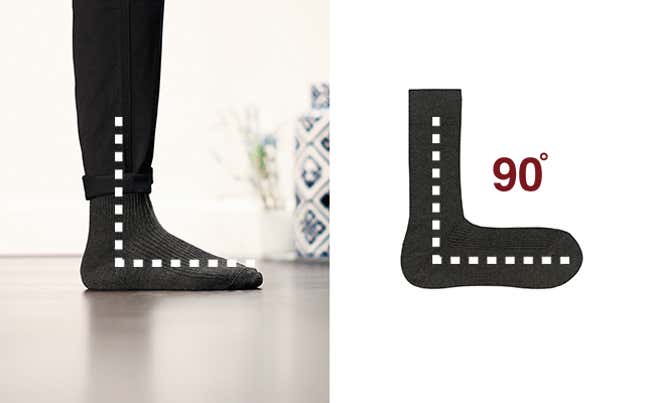
And as MUJI expands globally, things get even more complicated. “We always have many problems,” shares Shimazaki who started at MUJI as a merchandizer. She explains that getting the right production levels in each market is always a concern because they don’t want to waste materials. “Sometimes it’s really difficult to estimate the right quantity or [anticipate] the weather,” she explains. “In the US we always have two countries, the east and west coast are different in terms of seasons. But we’re improving.”
Without the bullhorn of a big advertising budget, MUJI relies on designers to demonstrate their unique commercial proposition of spartan luxury. Through their beautifully arranged stores and word-of-mouth buzz, many MUJI products have become cult hits, especially for foreigners enamored by the idyllic, if fabricated, picture of a perfectly neat Japanese life.
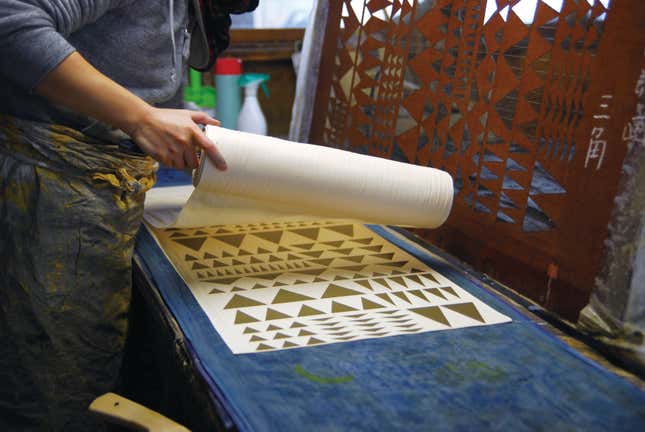
But as much as design sophisticates around the world have come to fetishize MUJI, which is sold in the Museum of Modern Art in the US, the company clarifies that it’s not an exclusive designer store. “For Japanese, MUJI is part of everyday life,” explains, Shimazaki, noting that MUJI is sold in convenience stores like 7-Eleven. By being in the mainstream, MUJI is trying to position sustainability as normal everyday behavior for the greatest number of people instead of bursts of activity from a few activists.
The takeways
Any company that claims to be eco-friendly is susceptible to scrutiny. In 2013, environmental activists attacked MUJI for selling shark fin soup, a popular Asian delicacy that threatens the shark population due to overfishing. MUJI refused to stop selling Shark Fin Soup for Rice, but reasoned with activists about its sourcing.
“Our objective as a sustainable global company is to continue contributing to society by delivering products and services which are trusted by consumers around the world,” wrote Ryohin Keikaku president Satoru Matsuzaki in their 2016 annual report.
And, it can be good for business. MUJI reported record growth and almost doubled its operating profits in 2015 due to its global expansion, specifically in the Chinese market where it now has 128 stores.
When most shoppers are less concerned about saving the planet than fulfilling an immediate need, the onus rests on companies to make conscientious decisions about the environmental toll of their activities. MUJI tries to eliminate the choice between affordability and sustainability for the consumer.
